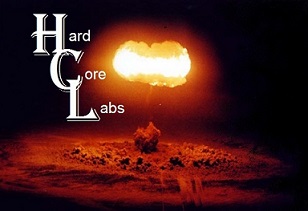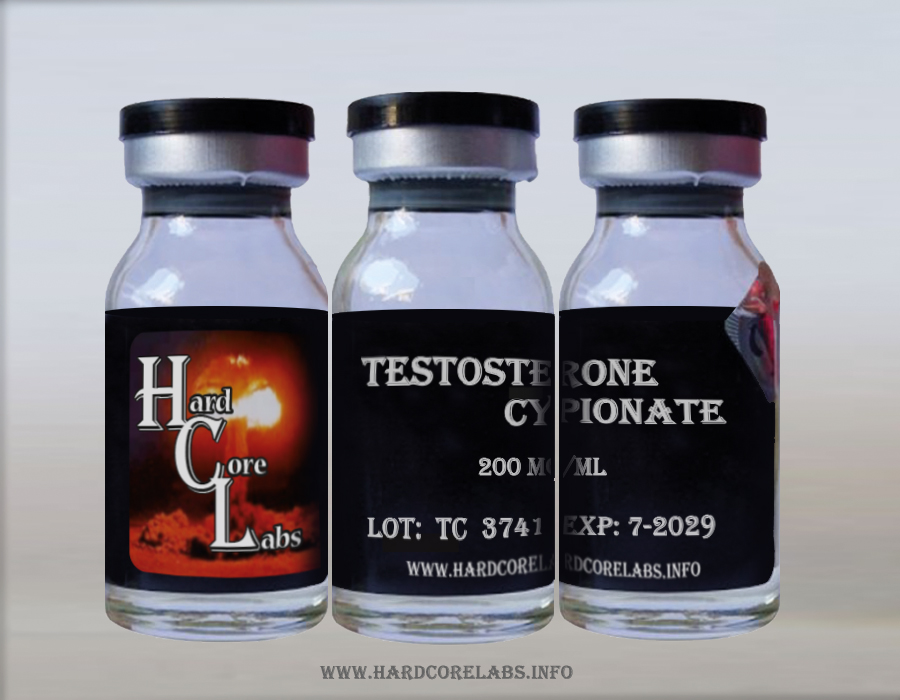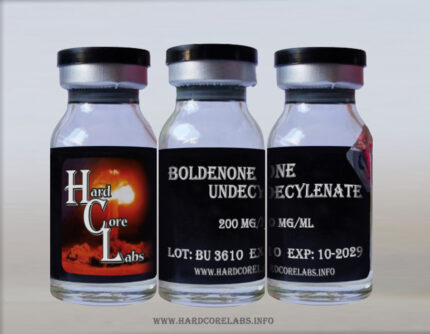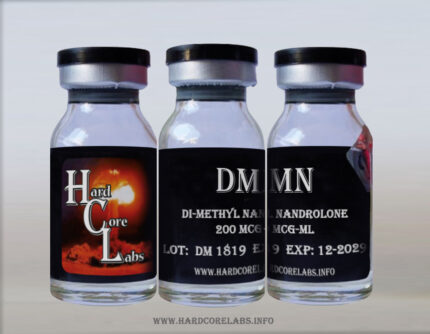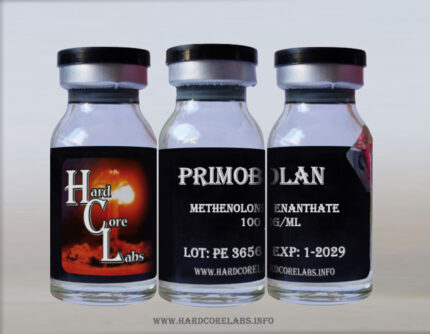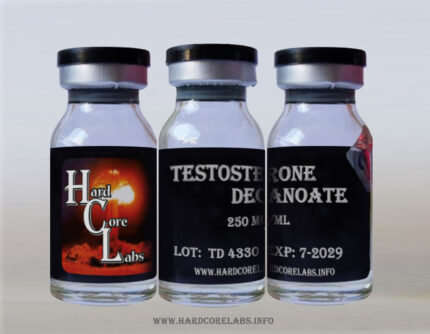Testosteron Cypionate
Testosterone Cypionate is a long-acting injectable ester of testosterone, the primary male androgen and one of the most well-studied hormones in both medical and performance-enhancing contexts. It is nearly identical to testosterone enanthate in function and pharmacokinetics, with only a slightly longer half-life due to the cypionate ester, which prolongs the release of the hormone into the bloodstream after intramuscular injection. The primary goal of this esterification is to reduce the frequency of administration while providing stable and sustained levels of testosterone in circulation. Cypionate is generally injected once or twice per week depending on the user’s goals and sensitivity to hormone fluctuations, with an active half-life of around eight days and a total release duration of roughly two weeks.
Testosterone Cypionate is favored in North America, especially in the United States, where it is often the standard ester used in testosterone replacement therapy. Medically, it is prescribed to men with hypogonadism, either primary or secondary, and its administration restores physiological levels of testosterone, helping to alleviate symptoms like fatigue, low libido, muscle loss, depression, and cognitive decline. In the performance-enhancing world, however, it is used at supraphysiological doses to produce anabolic effects far beyond what the body would naturally support. These doses typically range from 200 to 600 milligrams per week in moderate cycles, with advanced users sometimes going higher depending on tolerance, goals, and stacking strategy.
One of the defining features of exogenous testosterone use is aromatization. Testosterone converts into estradiol via the aromatase enzyme, particularly in fat tissue. This estrogenic conversion is both a benefit and a drawback. At moderate levels, estrogen supports joint health, libido, glucose metabolism, and the anabolic environment overall. However, in higher doses, excessive aromatization can lead to side effects such as gynecomastia, water retention, bloating, elevated blood pressure, and mood instability. For this reason, many users incorporate an aromatase inhibitor like anastrozole or exemestane to regulate estrogen levels during a testosterone cycle. The correct dosing of AI depends on the individual’s sensitivity, body fat percentage, and the dose of testosterone used. Over-suppression of estrogen can cause its own set of problems, including dry joints, fatigue, erectile dysfunction, and poor cholesterol profiles.
In terms of results, testosterone cypionate is capable of producing significant improvements in muscle mass, strength, recovery, and physical performance. Gains are typically more pronounced when accompanied by a high-calorie, protein-rich diet and proper resistance training. The initial few weeks of a testosterone cycle often bring rapid increases in weight, some of which is due to intramuscular water retention and glycogen replenishment, but as the cycle progresses, users notice true lean tissue growth, improved vascularity, and enhanced muscle fullness. Recovery between training sessions is dramatically improved, with many users able to tolerate higher volume and intensity without the same level of soreness or fatigue.
Side effects are dose-dependent and can vary widely between users. Androgenic effects include increased sebum production, oily skin, acne, body and facial hair growth, and potentially accelerated hair loss in those genetically predisposed to male pattern baldness. These effects are due to testosterone’s ability to convert into dihydrotestosterone (DHT) via the 5-alpha-reductase enzyme. In some cases, users mitigate DHT-related issues by using a 5-alpha-reductase inhibitor like finasteride, but this comes with its own set of risks and complications. Testosterone also stimulates erythropoiesis, the production of red blood cells, which is beneficial for endurance and oxygen transport but can increase hematocrit levels to a dangerous point if left unchecked. Regular blood donation or therapeutic phlebotomy may be required if hematocrit rises above healthy levels, particularly in long-term users or in those prone to high blood viscosity.
Suppression of natural testosterone is complete during a cycle. The body shuts down its own production due to negative feedback on the hypothalamic-pituitary-gonadal axis, as it detects high circulating levels of testosterone and no longer signals the testes to produce it. Upon cessation, endogenous testosterone levels remain suppressed for weeks to months unless properly addressed. Post-cycle therapy is essential to recover hormonal function, with agents like clomiphene citrate and tamoxifen used to stimulate LH and FSH release, which then signal the testes to resume production. The timing of PCT depends on the ester length; with cypionate, users typically begin PCT about 14 to 21 days after their last injection to avoid starting too early, when suppression is still in effect.
Testosterone cypionate has a profound effect on lipid profiles. It tends to reduce HDL cholesterol and may raise LDL, particularly when aromatase inhibitors are used or when the cycle includes other hepatotoxic or orally active compounds. For this reason, it is important to monitor cholesterol levels during use and to follow a heart-healthy diet rich in omega-3 fatty acids, fiber, and antioxidants. Cardiovascular exercise is also recommended as a way to counteract the negative lipid impact of high-dose testosterone use. Regular bloodwork is considered standard practice among experienced users, typically checking hematocrit, cholesterol, liver enzymes, and hormone levels every 6 to 8 weeks during a cycle, and again post-cycle.
From a practical standpoint, testosterone cypionate is considered one of the most versatile and foundational compounds in performance enhancement. It can be used alone in a basic cycle, stacked with a variety of other anabolic steroids, or used as a hormonal base in harsher cycles to maintain androgenic balance and sexual function. Its reliability, long history of clinical data, and wide margin of safety when used responsibly make it a staple in both hormone replacement and bodybuilding circles. It offers consistent results across a wide spectrum of users, from beginners to professionals, and remains the benchmark against which all other anabolic compounds are compared.
